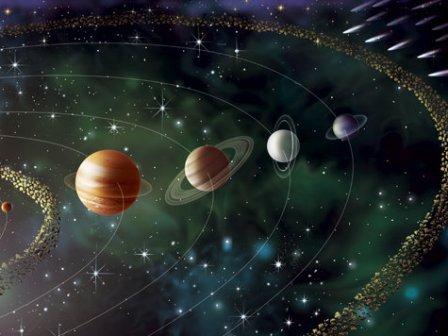
A representational photo.
WASHINGTON (PTI): Astrophysicists have for the first time discovered a population of planets beyond the Milky Way galaxy, using data from NASA's Chandra X-ray Observatory.
Researchers at University of Oklahoma in the US used microlensing to detect the objects in extragalactic galaxies that range from the mass of the Moon to the mass of Jupiter.
Microlensing is an astronomical phenomenon that uses the light bent by gravity itself to detect planets.
Professor Xinyu Dai and postdoctoral researcher Eduardo Guerras made the discovery with data from the NASA's Chandra X-ray Observatory, a telescope in space that is controlled by the Smithsonian Astrophysical Observatory.
"We are very excited about this discovery. This is the first time anyone has discovered planets outside our galaxy," said Dai.
"These small planets are the best candidate for the signature we observed in this study using the microlensing technique. We analysed the high frequency of the signature by modelling the data to determine the mass," said Dai.
While planets are often discovered within the Milky Way using microlensing, the gravitational effect of even small objects can create high magnification leading to a signature that can be modelled and explained in extragalactic galaxies.
Until this study published in The Astrophysical Journal Letters, there has been no evidence of planets in other galaxies.
"This is an example of how powerful the techniques of analysis of extragalactic microlensing can be," said Guerras.
"This galaxy is located 3.8 billion light years away, and there is not the slightest chance of observing these planets directly, not even with the best telescope one can imagine in a science fiction scenario," he said.
"However, we are able to study them, unveil their presence and even have an idea of their masses. This is very cool science," Guerras said.
 Previous Article
Previous Article Next Article
Next Article













The Indian Air Force, in its flight trials evaluation report submitted before the Defence Ministry l..
view articleAn insight into the Medium Multi-Role Combat Aircraft competition...
view articleSky enthusiasts can now spot the International Space Station (ISS) commanded by Indian-American astr..
view article